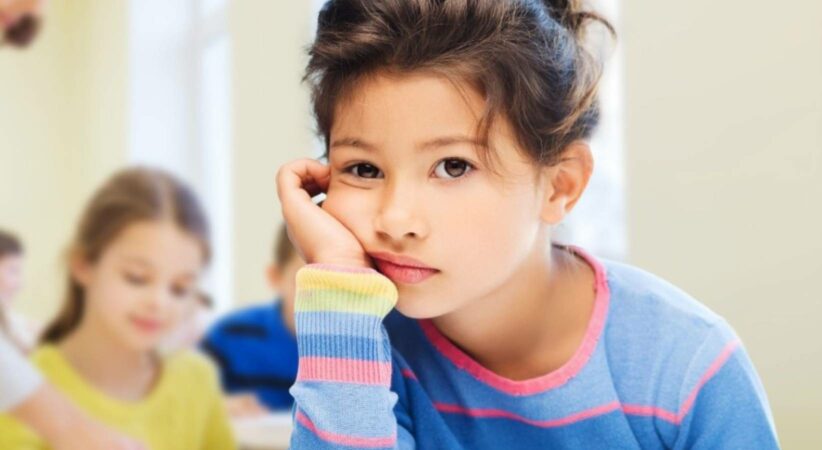
2023 BC Child Poverty Report Card
In February, the 2023 BC Child Poverty Report Card was released. It is the 27th annual report card on Canada’s commitment to end child poverty by 2000. It provides a snapshot of child and family poverty in the province. Despite a federal, all-party resolution in 1989 to end child poverty by the year 2000, child poverty is still a reality in our province. In fact, this report shows that 1 in 7 children in British Columbia are living in poverty. The data analyzed for the report was from 2021.
Some of the report card’s findings include:
- The child poverty rate was 14.3%, which is just slightly more than one percentage point lower than the national average. However, BC’s early years (0-5 years old) child poverty rate was 13.8%, a 6.2% increase from the previous year.
- The child poverty rate on 67 BC First Nations reserves stood at 31% or twice as high as the provincial rate. Rural reserves had even higher on-reserve poverty rates than urban reserves, with a rural reserve child poverty rate of 35%.
- In 2021, BC moved to the third lowest child poverty rate among the thirteen provinces and territories at 14.3% from the fourth lowest in 2020. Quebec at 11.3% and the Yukon Territory at 10.3% both had lower child poverty rates than BC in 2021.
- The child poverty rate for children in lone-parent families was 40.4%, five and a half times higher than the 7.4% rate for their counterparts in couple families.
- The child poverty rates across BC’s regional districts varied from 11.7% in the East Kootenay Regional District to 28.8% in the Mount Waddington Regional District.
- The child poverty rates in BC’s urban areas varied from 11.4% in Victoria to 22.7% in Prince Rupert.
First Call has four primary recommendations in this report. The recommendations are for all three levels of government: federal, provincial and local.
- Tax fairness and income support. This section includes ten recommendations, for example, an increase to the minimum wage, ensuring employees are paid a living wage, and an increase in income and disability assistance rates.
- Targeted initiatives for groups over-represented in poverty data. This section includes five recommendations, for example, collaboration with First Nations, Métis and Inuit governments and Indigenous organizations, automatic enrollment for all young people transitioning out of care in an income support program, and an increase to program funding and support for families raising children with disabilities and complex medical needs.
- Lower barriers and improve lives through universal programs. This section includes nine recommendations, for example, continuing to prioritize new early learning and child care investments in 2024 budgets and beyond, contributing funding to establish a universal, cost-shared, national healthy school food program for all K-12 students that is respectful of local contexts, and scaling up funding to build thousands of new social and affordable rental housing units and maintain existing affordable housing stock to reduce the number of families in core housing need and to eliminate homelessness.
- Additional recommendation. Finally, this section includes one last recommendation of replacing the Market Basket Measure with the Census Family Low Income Measure After Tax (CFLIM-AT), calculated with annual tax filer data, as Canada’s and BC’s official measure of poverty. This is due to fact that CFLIM-AT is a broad, comprehensive, and relative measure of poverty.
For more information on the report card and to download the report visit the First Call Child and Youth Advocacy’s website.
Related Blog Posts
International Literacy Day 2021
The theme for International Literacy Day 2021 is literacy for a human-centred recovery.
2019 BC Child Poverty Report Card
Last week, the 2019 BC Child Poverty Report Card: Summary Report was released. It provides a snapshot of child and family poverty in the province. Despite a federal, all-party resolution …
Volunteer Recognition
Get tips for recognizing volunteers during COVID-19.
